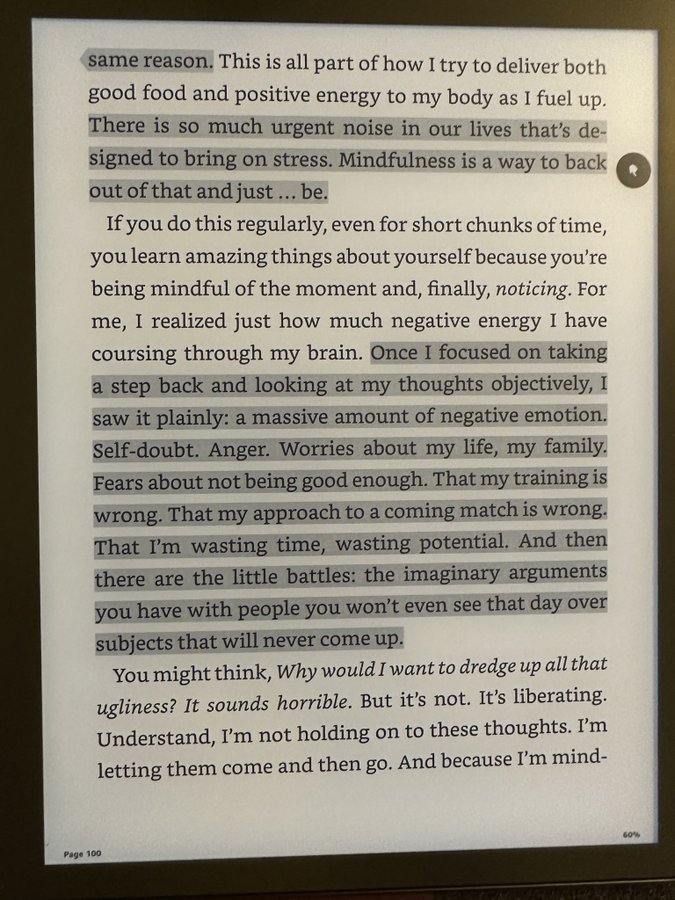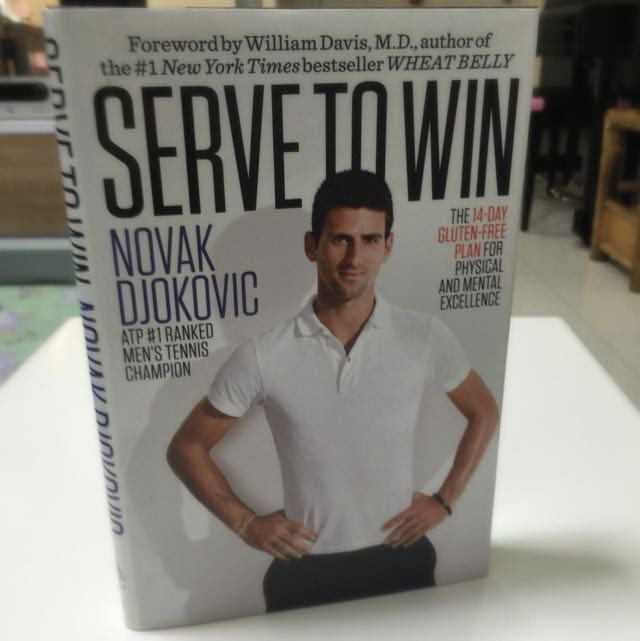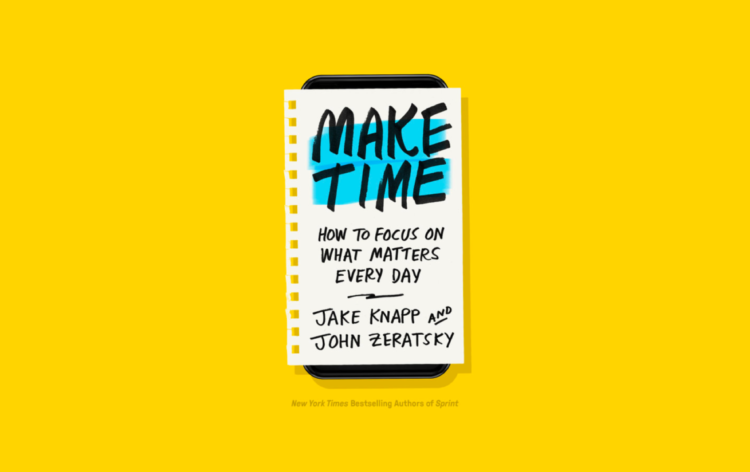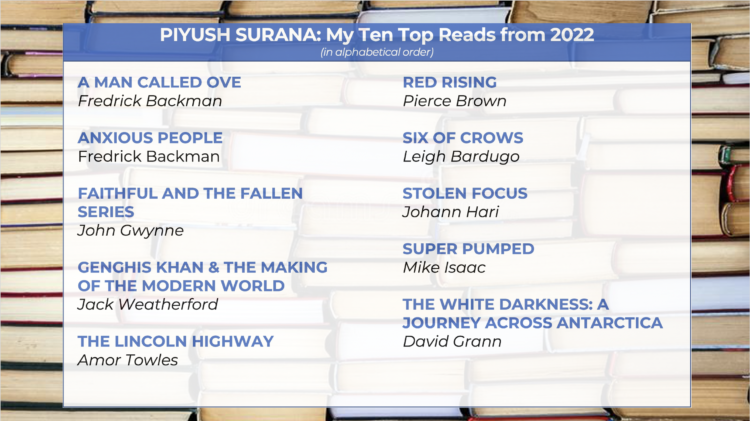As Novak Djokovic won his fourth US Open earlier this year to move two clear of Rafael Nadal’s 22 Grand Slam crowns and four ahead of Roger Federer, who retired on 20 last year, it is fair to consider if he is the G.O.A.T. of tennis. After all, he has spent more weeks than any other player ranked number 1 in the world and is still at the top of his game at the ripe old age of 36.
What makes the story even more interesting is that, while undeniably talented, when Djokovic first broke into the professional tennis scene in the early 2000s, he was considered a bit of a pushover. He would play great one day but be downright average the next. He would take leads in matches only to collapse in the later stages. Some thought it was a mental flaw, while others pointed to his fitness levels.
His habit of being jovial and entertaining fans, as well as the locker room with impressions of other tennis players, added to the aura of someone who was not serious about his craft. Gale Monfils thought he should change “some things”. Roddick made fun of the fact that he was ill so often. Even the otherwise always diplomatic Federer once said of him – “I think he’s a joke, you know, when it comes down to his injuries.” Ouch.
Fast forward a couple of decades, and he is regularly considered a modern great and one of the fittest ever to grace the court, holding players two decades his juniors at bay while he extends his reign at the top of the world of tennis. As someone who has always admired his drive (even as I loved the silky-smooth tennis of Federer), I thought it would be a great time to read ‘Serve to Win’, where he catalogues the changes he made to his lifestyle that helped him turnaround his career and climb to the top of tennis.
KTA 1: If the will to win is high, you can overcome shaky beginnings.
Djokovic has loved tennis since he was four years old and fell in love with the rhythm of the game as he watched players play at the club across the road from the restaurant his family ran. Living in Serbia in the middle of a war and under the threat of NATO bombings was not easy. At one point Novak and his family spent 78 straight nights in a bomb shelter as bombs fell around them. But if anything, it strengthened his love for the game, made him more resilient, and shaped his worldview.
During the day, he would meet his coach to practice somewhere in Belgrade. He would practice without nets and sometimes even without a court. Tennis became a getaway for him, and it actually brought him joy that he still had his sport in the middle of a war. It gave him perspective when things were tough later in life. And it made him open to new ideas when he heard them.
Djokovic broke into the scene in 2005 as a skinny kid from a war-torn country. But over the next four years, inconsistency continued to plague him. In 2005, ranked just 153 in the world, he took the first set in his first French Open appearance but had to resign in the third set when he couldn’t breathe properly. He won his first grand slam (Australian Open) in 2008 but a year later had to retire from the tournament after facing health issues again. In 2010, in the quarterfinals against Tsonga, he took the second and third sets after losing the first, only to once again be hit by the mystery ailment. He lost the final two sets, winning only two games in the process.
Being born in a war-torn country with no deep history in the sport and starting with a record that was not remarkable did not stop Djokovic from becoming the best in the world. That is something that a lot of us can hold on to.
KTA 2: Sometimes small changes lead to big results
Novak knew that he was working as hard as anyone else on the tour and had the skills to make it count. But something was holding him back, and putting in more effort was not the way to solve it. He was already practicing and working on his fitness for more than ten hours a day. Finally, he realised he was eating all wrong. Making some simple changes helped him get to the top of the sport.
The one big change Djokovic made to his diet was to eliminate all gluten – the protein found in wheat – and sugar from it. The results were astounding. In 18 months, he lost 10 pounds (from an already lean frame), had more energy than ever and went from being a good player to being the best in the world.
All of this stemmed from a lucky coincidence. As Djokovic collapsed at the court in the Australian Open, a nutritionist from his home country sat down to watch the match in Cyprus because his wife made him (bless her!). Seeing Novak collapse, he guessed that the issue was not asthma or fitness but a result of the imbalance in his digestive system caused by a buildup of toxins in his intestine. The important thing was when he reached out through friends of the family, Novak was ready to listen and experiment.
KTA 3: In real life as in the dictionary, Discipline comes before Talent.
It was not just a change in diet that was responsible for Novak’s ascension to the acme of his sport. It takes an incredible amount of discipline and a very carefully calibrated schedule to become the number one player in the world.
- Every morning, Novak wakes up at the same time, drinks a glass of room-temperature water and stretches for 10 minutes.
- He then eats a breakfast perfectly calibrated for his body and eats the same breakfast almost daily.
- Then he hits balls with a training partner for an hour and a half before stretching some more and having a massage.
- His lunch is sugar and protein-free – picking carbs that fit his gluten-free and dairy-free diet.
- After lunch is time for an hour-long workout followed by a mid-afternoon protein drink made from peas. Then it’s time for another 90 minutes of hitting balls.
- After that, he stretches for a fourth time and has another massage.
- After eight straight hours of training, he spends a little time on business – attending events or conferences.
This is the punishing schedule that Djokovic follows for eleven months a year when the tour is on – allowing for travel and match timings at tournaments. He even explains his dedication with an example. In Jan 2012, after beating Nadal in the final of the Australian Open, he allowed himself to have chocolate – something he loves – for the first time in 18 months. The rub? He only had one small square. Even in this moment of victory, he would not allow himself more than that.
KTA 4: Right food = right fuel.
Eating the right food is not just about physical stamina – Djokovic believes it also gives us patience, focus and a positive attitude. You can use several tests to find out what food is good for you – but it is more important to have an open mind and make changes to your lifestyle when you see this evidence.
Djokovic’s kryptonite was gluten. All wheat products (even healthy whole-grain ones) have gluten, which means it is present in a vast majority of the modern diet. More than 20% of people have some form of gluten intolerance but given the prevalence of gluten in our daily lives, they go through life in a very non-optimal way. In fact, given the prevalence of gluten in our diet, the easiest way to get rid of it is to get rid of all processed, artificial food. Instead, stick to real eggs, real meat, real fruits and vegetables.
The answer may not be to let go of gluten but to find out what your body needs. For those interested, there are several methods of doing this – a simple process of elimination, skin prick tests, ELISA blood tests and oral food challenge. Some of the other key villains of the modern diet (which Djokovic has also largely eliminated from his diet, apart from fructose) are lactose and sugar.
The rub is even for people who are not allergic to these ingredients, eliminating them from your diet will lead to several health benefits. The key is to stick to it through the initial withdrawal symptom and on to the phase where you start accruing the benefits of the new regimen.
Food is information that tells your body how to operate. Eating slowly, eating the right things at the right time and going for quality over quantity will pay dividends for your body in the long run. You can refer to the book for a host of mela plans and recipes that Novak himself uses.
KTA 5: Training for the mind is as important as training for the body.

If the greatest of all time can feel self- doubt, anger and worry, you can give yourself a pass once in a while.
Novak is a big proponent of mindfulness in daily life – to observe thoughts objectively and without judgement while being mindful in real-time. He spends at least 15 minutes every day on mindful meditation. For Novak, meditation is a great way to break out of the noise of our daily lives and just be. Finding silence in daily life is another great way to embrace mindfulness – whether eating your meals in silence without distractions or journaling your thoughts.
Even a champion like Djokovic has the baggage of negative emotions. Meditation and the mindfulness it brings to daily life is his way of observing these thoughts and then letting them go. It helps him focus on the match and day in front of him and give it his best rather than the result he wants.
The amount of control you have over your feelings and emotions determines the quality of your life.
KTA 6: The virtuous sleep cycle.
Another key aspect of mental fortitude is sleep – something Novak treats with as much importance as his diet and training. It’s a virtuous cycle – a good night’s sleep helps you have a better workout. A better workout helps you get better sleep. Some of the tricks he uses to get better sleep:
- Keep a regular routine of going to bed and waking up whenever possible.
- No caffeine.
- Winding down with useful activities like meditation or stretching.
- Even if he wakes up before time, he stays in bed without stressing about sleeplessness.
- Melatonin supplements, especially to counter jetlag.
- Seek the sun first thing in the morning.
KTA 7: Secret weapon – friendship
Success can cause many people to change, often for the worse. What keeps Novak grounded is a great group of friends and family that keep him grounded. In a world where people claim that you are the sum of the people you spend time with, the people that Djokovic spends his time with are humble, normal people who lead normal lives and have a lot of shared experiences with him.
Tennis may be an individual sport, but outside the court and behind the scenes, it is a team effort.
KTA 8: Tactical advice – dynamic stretches > static stretches
For Novak, every practice, every workout, every match starts with the same 10-15 minutes of movement – some jogging or biking followed by dynamic stretching.
The value of dynamic stretches (as opposed to static stretches that most of us are used to) has been common knowledge in fitness circles for a long time. Here is the routine Djokovic lives by (10 reps each):
- Jumping Jacks
- Walking high knees
- Walking high kicks
- Squat thrusts
- Lunge with side bend
- Reverse lunge with backward reach
- Low side-to-side lunge
- Inverted hamstring
- Inchworm
He also gets some level of massage every day to get rid of the toxins accumulating in the muscle. For those of us who may not have access to a therapist, getting a foam roller for after-workouts is a great option.
Overall, the book was a great resource to look at a champion’s mindset from close quarters. For most of us, the ship has already sailed when it comes to a life of professional sports. But it is never too late to learn the science and art behind a healthy body and a healthy mind – that too from a champion. My takeaways may not do justice to all who want to dive deeper and get more technical insights. For them, I would highly recommend reading the book. It’s a short, quick read with a lot to learn!




